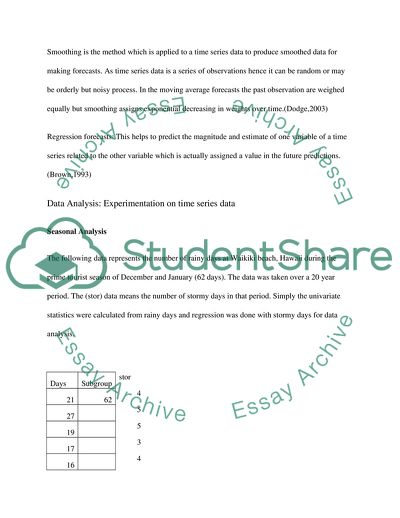Cite this document
(Time Series Analysis Case Study Example | Topics and Well Written Essays - 1500 words, n.d.)
Time Series Analysis Case Study Example | Topics and Well Written Essays - 1500 words. https://studentshare.org/statistics/1804988-time-series-analysis
Time Series Analysis Case Study Example | Topics and Well Written Essays - 1500 words. https://studentshare.org/statistics/1804988-time-series-analysis
(Time Series Analysis Case Study Example | Topics and Well Written Essays - 1500 Words)
Time Series Analysis Case Study Example | Topics and Well Written Essays - 1500 Words. https://studentshare.org/statistics/1804988-time-series-analysis.
Time Series Analysis Case Study Example | Topics and Well Written Essays - 1500 Words. https://studentshare.org/statistics/1804988-time-series-analysis.
“Time Series Analysis Case Study Example | Topics and Well Written Essays - 1500 Words”. https://studentshare.org/statistics/1804988-time-series-analysis.


